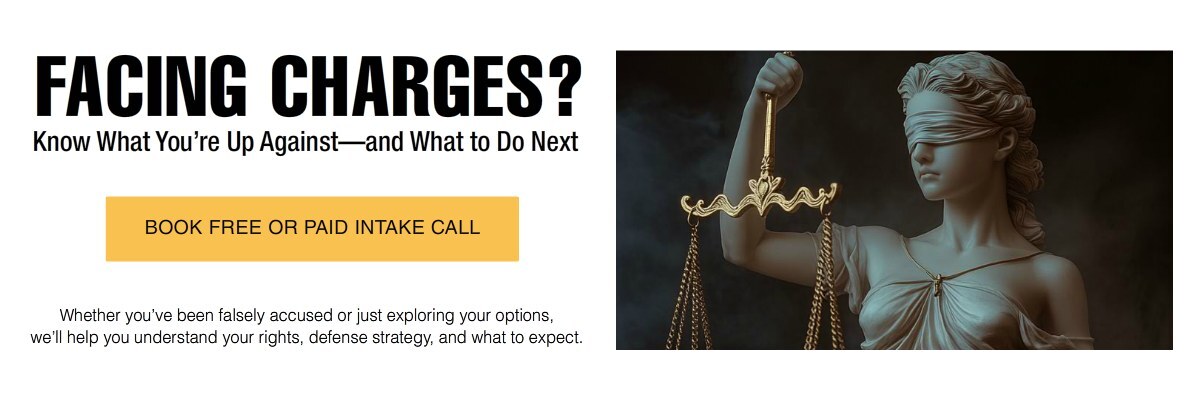Proof Beyond a Reasonable Doubt: The Highest Standard of Proof
Sep 25, 2025 Legal Theory and Philosophy
Most people think they understand what “proof” means. But walk into a courtroom, and suddenly that word gets blurry. Jurors start confusing gut instinct with evidence. Confidence with certainty. Emotion with fact. That’s why defense attorneys have to reframe the whole conversation—because “beyond a reasonable doubt” isn’t just a phrase. It’s the cornerstone of justice. And most people have no idea how high that bar really is.
In this blog, we’ll cover:
- Why “pretty sure” isn’t good enough in a criminal trial
- How defense attorneys help jurors translate the burden into real-world stakes
- Why “beyond a reasonable doubt” protects everyone—not just the defendant
- The difference between suspicion, probability, and proof
The burden of proof sits squarely on the state—and for good reason. They’re the ones with the power. The investigators. The labs. The resources. And when they bring charges, they’re the ones making the accusation. So they don’t just get to suggest. They have to prove. If there’s a gap—if something doesn’t add up—it’s not the defense’s job to fill in the blank. It’s the state’s job to close the loop. If they can’t? Not guilty.
That’s where the image below comes in. We use visuals like this to help jurors map their own level of certainty. The shades of blue represent all the possible gut reactions someone might have: “probably guilty,” “pretty darn sure,” “highly likely.” But none of those meet the bar. The only acceptable place to vote guilty is at the very top: “Guilty beyond a reasonable doubt.” Everything below that? It’s doubt. And doubt means you don’t convict.
This isn’t abstract. It’s human. In voir dire, we often ask jurors: Would you bet your life on this? Your freedom? Your kids’ future? Because that’s what the accused is risking. If you’re sitting anywhere in the blue zone—even if you think the person probably did it—that’s not enough. “Not guilty” isn’t a gift. It’s the system working. It’s the standard holding.
The idea that we’d rather let ten guilty people go than convict one innocent person isn’t just courtroom folklore—it’s a moral compass. It reminds us that criminal trials are not about what might have happened. They’re about what can be proven. If the state doesn’t carry the full weight of the burden, it doesn’t get the win. Period.















